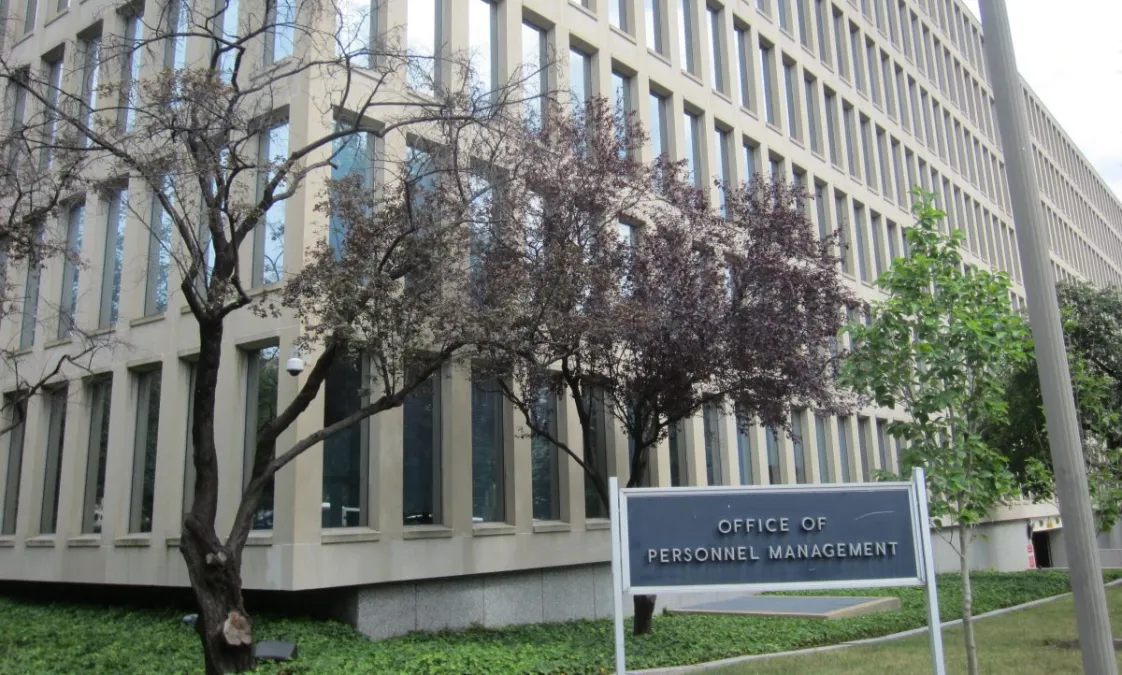Data shows how agencies’ errors are exacerbating retiree application backlog

Right now, thousands of federal retirees across the United States are waiting on the Office of Personnel Management to approve their retirement applications. Wait times — which can be monthslong, and, sometimes, stretch longer than a year — have been a financial strain on retirees and their families and left them without access to critical economic support.
Amid a yearslong backlog within OPM’s retirement services division, constituents have even sought help from their congressional representatives. As FedScoop reported earlier this month, inquiries to the agency’s congressional, legislative, and intergovernmental affairs office about tripled between 2020 and 2022. Back in April, Sen. Dick Durbin, D-Ill., and several other members of Congress wrote to OPM Director Kiran Ahuja about the problem, emphasizing that “[w]e cannot fail to serve the public servants who have dedicated so many years to keeping our government running.”
In some cases, members of Congress say the backlog has led to a severe delay in retirees receiving their benefits. In a statement to FedScoop, Sen. James Lankford, R-Okla., said his staff have even had wait times extend over a year in at least a few cases. “OPM’s outdated system is unacceptable and putting an undue burden on desperate federal retirees,” Lankford said.
Lawmakers are so concerned that some Senators anticipate another hearing focused on the agency’s retirement services division in the coming months.
“OPM has known that they have a problem for years and has made almost no progress to fix it. One of the major culprits for delays is their current paper-based application system,” Lankford told FedScoop in a statement.
Now, data obtained by FedScoop via a public records request provides further insight into the problem. While much of the blame has been laid at the feet of OPM, the error rates for documents submitted by agencies about their retiring workers — OPM needs these documents to process applications — have risen steadily since 2012, according to the agency’s data. While OPM publishes the data on a month-by-month basis, it has not made it available in full.
This data shows that the governmentwide error rate for applications submitted to OPM rose to 20% in August 2022, up from 8.27% in August 2012 — which represents a more than 11 percentage point increase. The January 2023 governmentwide error rate was 28.6%, up from 17.8% in January 2013.
The data comes with important caveats, notably that for some months it is missing — which makes it difficult to create a composite annual statistic. The data also included per-agency error rates, but agency audits are sometimes suspended, and not every agency is listed for every month of data. In addition, the number of applications processed each month sometimes varied slightly between Excel sheets. (FedScoop asked both the agency’s press office and a FOIA officer for more information, but did not hear back by the time of publication).
The kinds of errors can vary. For example, the Pentagon told FedScoop that its most common errors included missing documents like marriage certificates and missing signatures on life insurance forms. While errors like these might seem small, they play a significant role in exacerbating delays within OPM retirement service. OPM says it provides training, guidance, and other assistance to agencies, and that it’s working with agencies on reducing their errors, along with continuing to attract error statistics.
“Agencies have for too long been able to skirt accountability for their role in sharing info with OPM,” Jason Briefel, who serves as the policy and outreach director at the Senior Executives Association (SEA) and a partner at the government-focused law firm Shaw Bransford & Roth, said in an email to FedScoop.
Briefel argues the data serves as a reminder that OPM isn’t as transparent as the agency could be. SEA, he says, has long called on the agency to release this data in a public dashboard, including information on case number load, as well as the error rate percentage for different agencies and governmentwide.
“The high rates of agency errors in retirement applications indicates agency HR offices have their part to play in improving the speed of retirement application processing,” said John Hatton, the staff vice president of policy and programs for the National Association of Retired Federal Employees. “Less application errors would reduce the need for a back and forth between OPM and the agency prior to adjudicating the claim.”
FedScoop reached out to several agencies, including the Department of Defense, to request comment on their June error rates. The Pentagon said its error rate “trended downward” since June 2022, but noted that the agency’s benefits center had reported significant turnover — and that its team meets with OPM twice a month.
The Agriculture Department and the Department of Energy both told FedScoop that the error rates tracked in OPM’s records weren’t always accurate. Several agencies have previously flagged that “aspects of the error reports were not user-friendly,” according to a Government Accountability Office report published in 2019. At the time, agencies also flagged that “errors charged to them were incorrect.”
USDA said that OPM sometimes points to errors on forms of marriage certificates that the agriculture agency can’t identify — and then doesn’t update the accuracy rate. Three of 10 DOE cases reported by OPM as erroneous in June were, in fact, correct, according to an agency spokesperson.
“It is impossible to not see the agencies consistently scoring 20-40% of submitted cases with errors each month,” remarked Briefel. “Some of those are agencies like in federal law enforcement where we know there is an acute workforce crisis, heightened burnout, increased levels of suicide.”
The DOE told FedScoop it plans to implement a peer-review system that will come before the agency submits applications to OPM. USDA, meanwhile, says it plans to deploy a new automated applications system that will let employees create their retirement applications electronically, including “a questionnaire that will be utilized to ensure all required documents are submitted with the retirement application and digital signature where applicable,” according to the agency.
Still, critics of OPM have said these issues just bolster the immense need for the personnel agency to build a digital retirement application system. Earlier this year, OPM brought on Nava Public Benefit Corp. to help with the agency’s IT modernization. While OPM’s retirement application processing system remains largely paper-based, the agency is also working on an online retirement application pilot that could launch later this year.
An online system, observed Hatton from NARFE, could prompt agencies to submit all the required documents the first time — instead of waiting for OPM to analyze them.
“It must cost both agencies and OPM millions of dollars to fix issues in retirement packages,” said Briefel in an email. “[H]ow much HR staff time could be freed up for other mission-critical work if the Biden Administration focused on bending the error rate curve down?”






